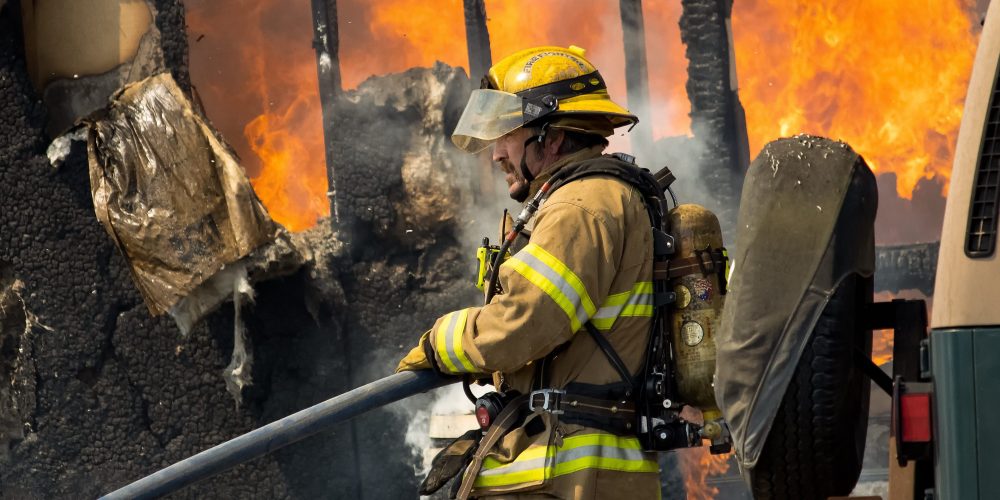
Heat resistant yarns have many uses, from high-temperature fabric filters to sewing threads for firefighter suits. Wherever high temperatures and fabrics interact, you’re going to need heat resistant yarns. There are several well-known brands of heat-resistant yarns, like Nomex, Kevlar, Vectran, and Trevira, along with more out-of-the-box yarns like those made from Basalt rock fibre.
Quick Overview of Well-Known Fire-Resistant Yarns:
Perhaps the most widely known heat resistant yarn is Nomex, by DuPont, which is a meta-aramid that resists temperatures up to around 370°C, alongside the para-aramid Kevlar, also by DuPont, which can resist temperatures north of 400°C. Trevira CS is a polyester yarn and fibre, which is a fire-resistant polyester, Basalt yarn, which is made from Basalt rock fibres, and Vectran, which is a form of polyester are resistant to high temperatures too.
While heat resistant yarns serve functional purposes, they can also be dyed. Trevira yarns and fibres, for example can be supplied in a wide variety of colours – why not a flashy firefighter’s outfit with fiery red stitching? With dyed heat and fire-resistant yarns, form doesn’t have to lose out over function.
But this isn’t the whole story; when considering temperature resistance, you will need to consider the amount of time that the yarn will be exposed to a high temperature, how the yarn will react to the high temperature, and how a temperature-compromised yarn may affect the performance or safety of the final product.
Duration of Exposure:
The tenacity of any given yarn will degrade at different rates depending on the temperature, but it is nonetheless the case that this will happen to all yarns. For this reason, it is important to pay attention not only to the stated maximum temperature, but also maximum temperature for continuous operation, and to account for the reduced tenacity when considering how much yarn to use when producing the final product, be it a woven fabric or twisted rope. Vectran, to give an example which resists this degradation quite well, loses about 15% of its tenacity after 300 hours of exposure to 250°C, compared to aramids which may lose several times more tenacity under the same conditions.
How the yarn will react:
When taken past their temperature limit, different yarns will react in diverse ways. Some will melt when other will not, for example DuPont claim that Kevlar fibres will not melt, drip, or support combustion.
A common polymer, like standard polyester, may resist combustion but once ignited the polyester will melt. This is particularly dangerous when incorporated in an article of clothing, as the burning and melted polyester will stick to skin and cause painful, severe burns.
When exposed to heat or a flame, some yarn materials can release harmful and toxic gasses, that can present considerable harm to an individual who breathes in the smoke. For this reason, fire-safety standards in many jurisdictions stipulate the combinations of temperature and time that materials have to resist in order to be used in items like fabric furniture or clothing.
For these reasons, when choosing a yarn to be used it is vital to consider the highest temperature that the yarn could be exposed to, even by accident, and the risk that someone could face should the yarn ignite, smoulder, or otherwise fail from exposure to high temperatures.
Please note that this article is for general information purposes only and should not be considered as a claim to the performance of any of the yarns discussed above.

